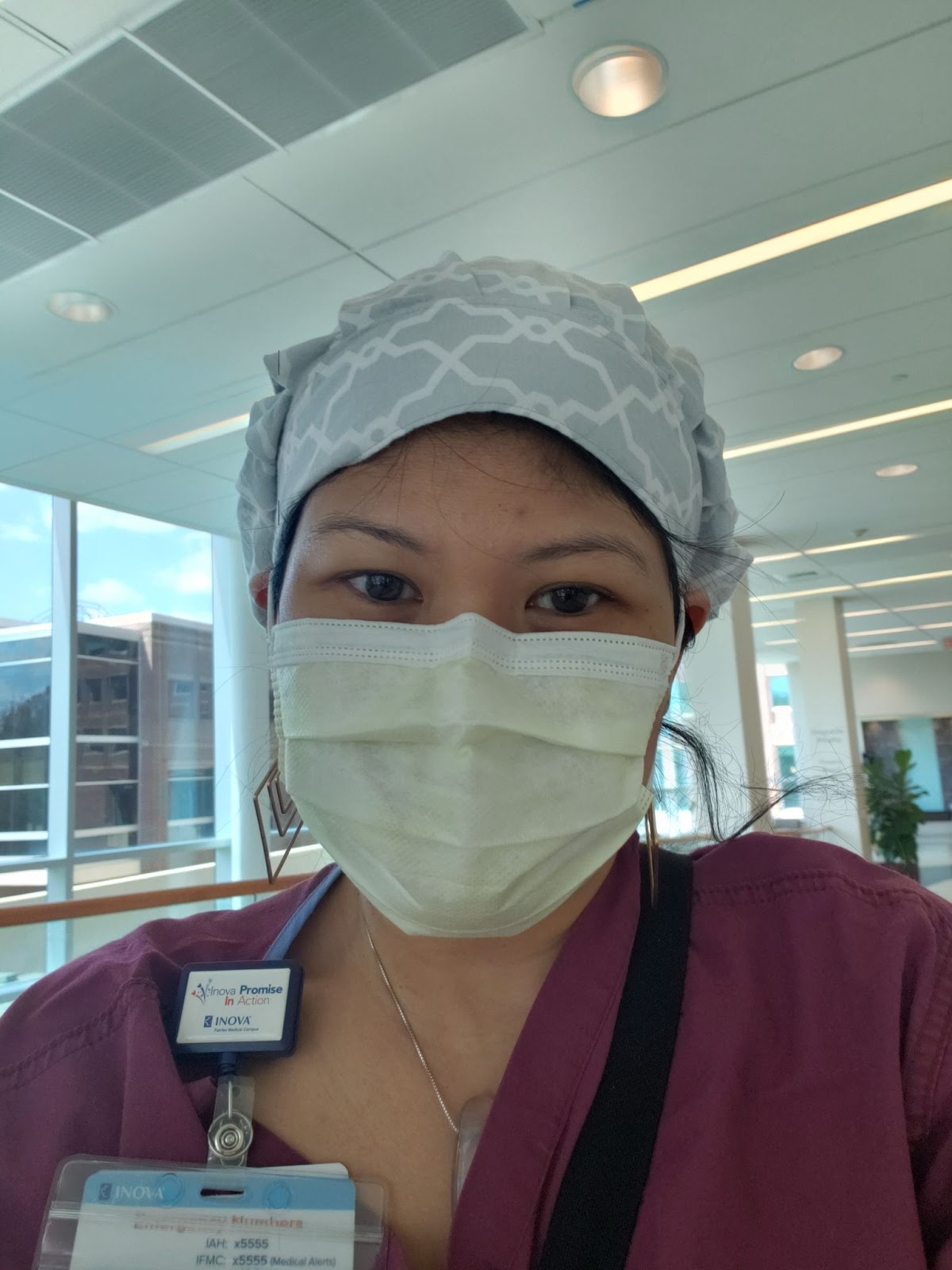Keeping the Faith: Lessons from COVID for Hospital Chaplains

When COVID hit, I was seven months into my hospital chaplain residency and had just hosted fourteen girls for a birthday sleepover. We saw none of those same friends and families for over a year. The incredible losses and rapid change the world was forced into, along with the pivots we witnessed institutions endure, impacted each and every one of us on a cellular level. As a chaplaincy student, I felt I had hit a stride in my training: the clinical concepts, the practice of non-anxious presence, the reflective listening. Then COVID threw all that into a loop. It felt like the steady ground I was standing on turned into quicksand, necessitating a new pivoting.
The Effects of COVID Shutdowns on Neighborhoods & Communities
The days surrounding COVID closures where I live were strange. When the public school system, which is the 11th largest system in the country, suddenly closed, it reverberated into every other part of the community. The county health department followed suit and county offices, public libraries, community centers, and restaurants closed. The domino effect of these closures weighed heavily on the staff and the hospital community. The hospital ramped up with COVID precautions, including terminating pastoral care volunteers and denying visitations of family members. Like the rest of the country, the hospital was concerned about the possibility of running out of ventilators and PPE. As a pastoral care department in the hospital, we adjusted by putting on hospital scrubs, suiting up with PPE, and no longer using holy oil or water, or touch, as a form of spiritual care and blessing.
Family members were concerned about my continuing to go to the hospital during the shutdowns. My own moment of pivoting transpired when I asked myself if I was an essential worker. After putting down my ego’s claim of self-importance, I was left with a deep sense of responsibility, love, and respect for the spiritual work, and I did not want to abandon the hospital community I had been alongside thus far. As I showed up for staff, patients, and families, I was shored up by each one of them. It reminded me of Mr. Roger’s wisdom to look for the helpers. The helpers were the hospital community: security, housekeeping, linen, food service providers, who all worked tirelessly to keep up with the COVID cleaning preparations and procedures; the healthcare employees who set aside their own trepidation and met the increased number of patients; the administrative and executive leaders who were keeping up with the health and safety policies and rapid changes the world was undergoing.
I heard simple stories of daily gratitude for their jobs, health, and their family’s well-being. I saw doctors tapping and linking feet in place of high fives before heading into COVID rooms. Departments circumvented face masks by wearing badges with pictures of their faces to increase human familiarity during a pandemic. And I witnessed a collective warmth, the solidarity between all, that gave assurances to one another that we are in this together.
How did COVID sustain the ground underneath me to be the chaplain I longed to be?
It taught me the importance of being in touch with my vulnerability, not to make it about myself, but in extending genuine mutuality and companionship. As the nation opens up again slowly, it might be comforting to forget the time and effort getting here. But another lesson from COVID I’ve learned is what it means to call myself a chaplain. While a chaplain is rooted in the locality they reside in, COVID has shown how intermingled we all are, globally. And when one takes on the responsibility of wearing the chaplain’s hat, the recognition is that one is a chaplain to the world, with no delineations and divides.
With pivots and new beginnings, former customs are set down for now. Holy water and oil have not made a comeback, but vaccines have allowed for touch, at the discretion of both chaplains and individuals. Masks are most likely to stay in healthcare, and I am unable to imagine we went without them before. Spiritual group participants are still limited to the size of the room. While caution was and still is valued in spiritual care, the human need for another still reigns. And this year’s Blessing of the Hands during Nurses’ Week demonstrated how true that is. Being a chaplain in a modern pandemic may not have been something I was prepared for, but the community of learning I have been a part of has given me the grounded confidence that I am where I am meant to be – and for that, I am so thankful.
As a hospital chaplain during the COVID-19 pandemic, chaplaincy students like Syazana Dorrani provide care for patients, healthcare professionals, and more during this challenging time. The Hartford Seminary MA in Chaplaincy program structures education around experience – our students work directly in the chaplaincy setting that they would like to practice in, including healthcare organizations.
Tags: hospital chaplains
